Promotion of the book “Lost in the Plains” was held on Friday, October 27, at the Book Fair in Belgrade, with the panel attended by Robert Čoban, publisher, moderator, Žikica Milošević, author, Pawel Sokolowski, Consul of the Embassy of Poland, Iva Kruleva, Deputy Bulgarian Ambassador, Predrag Tomić, honorary consul of Armenia, Nenad Novak Stefanović, writer, and Mirjana Đurđević, writer. Participants of the panel, held within the framework of the Government of Vojvodina stand, specifically the Provincial Secretariat for Culture, Public Information and Relations with Religious Communities, discussed the interesting stories of the people of Vojvodina and answered the questions of the present.
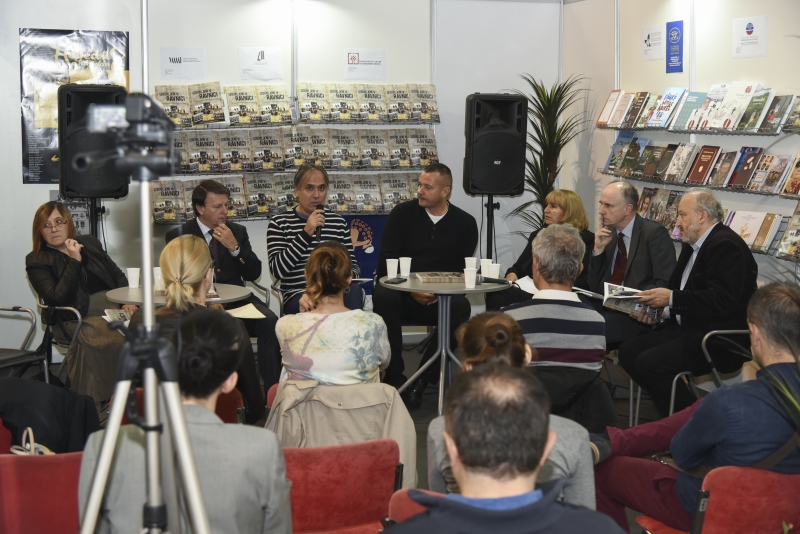
The book “Lost in the Plain” contains 21 stories about peoples living in Vojvodina, with 20 stories dedicated to certain ethnic communities, while the last story unites all those communities that did not have enough material for individual stories.
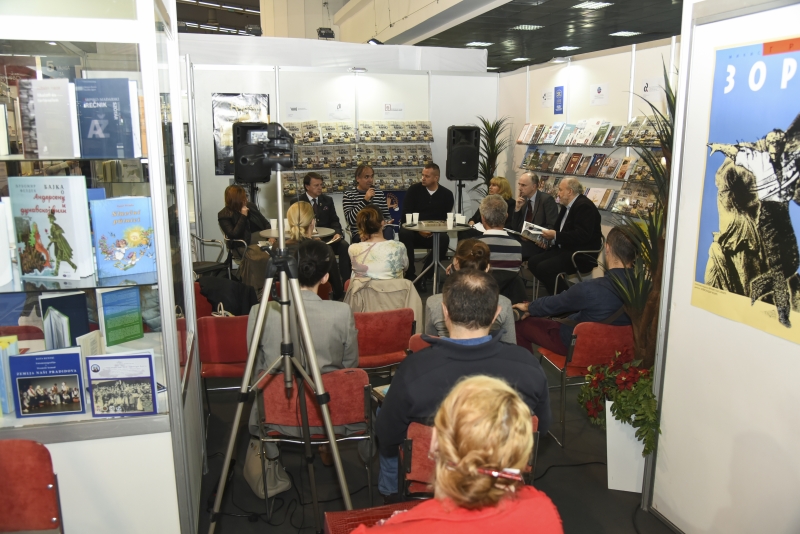
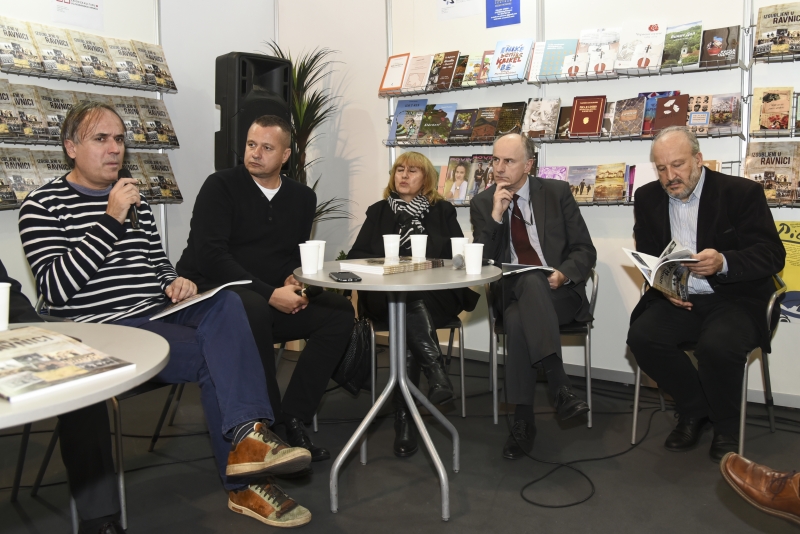
Author Žikica Milošević shared his personal stories from the family and his street, as well as memories from the novel that read: “Milorad Pavić mentioned in the “Landscape Painted by Tea” moment of the arrival of “White Russians” to Belgrade, when they first started they walk their dogs with the street, most often Russian greyhounds, and the dogs had names. That was confusing to the Serbs because they are dogs were usually kept in the backyard, nameless. The Russians brought ballet and tea.” “The camp for the Germans in Sremska Mitrovica was the former factory “Svilara”, and now it is collapsed, and a bizarre and karmic network of circumstances is now being built on that site by a large shopping center to build German Lidl and the Austrian Immofinance – so that the Germans and the Austrians are returning!” ” My grandfather told me that if they write our surname as Milošev, we should not be rebuked because Bulgarians and Serbs are the same, and if the Serbs enter Milošević, we should not make the real problem about that.”
Participants of the panel presented many interesting stories, such as those about the Vislans from Ostojić, who came to northern Banat from southern Poland, Silesia, then the Banat and all the other Bulgarians, the Greeks from Bulkes, now called Maglić, where the Greek Communists founded their “republic”, as well as the suffering of the Danubian Swabians.
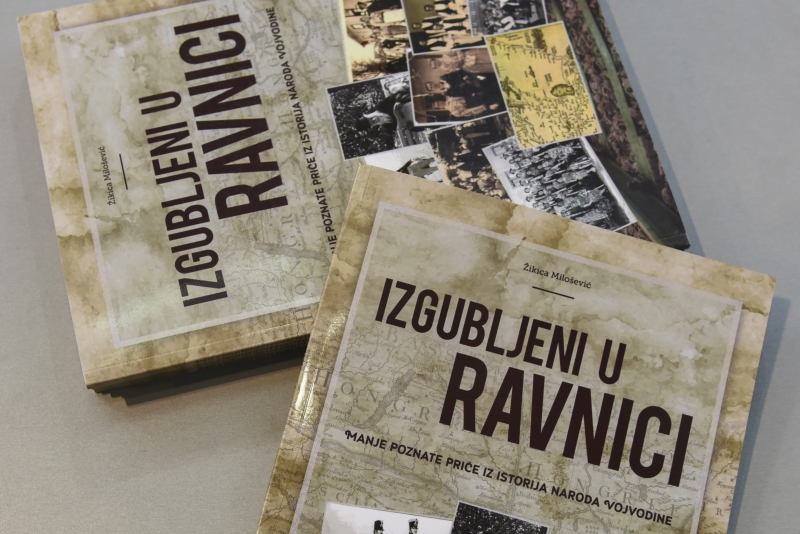
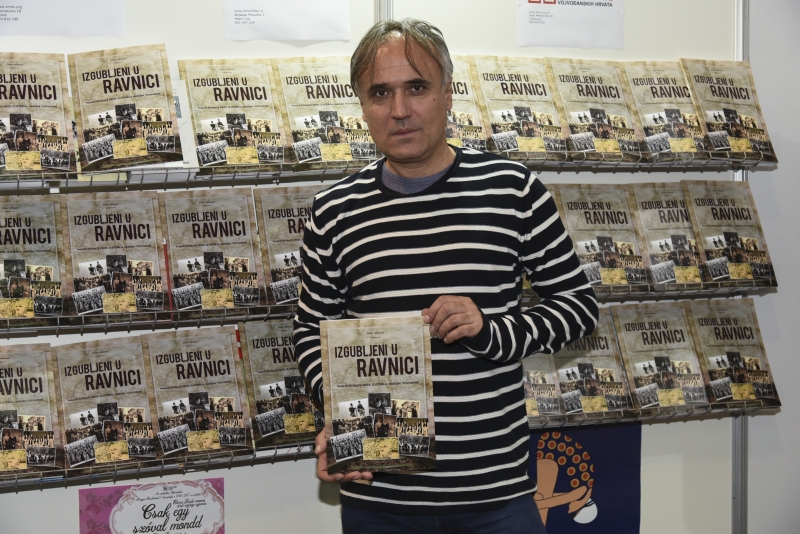
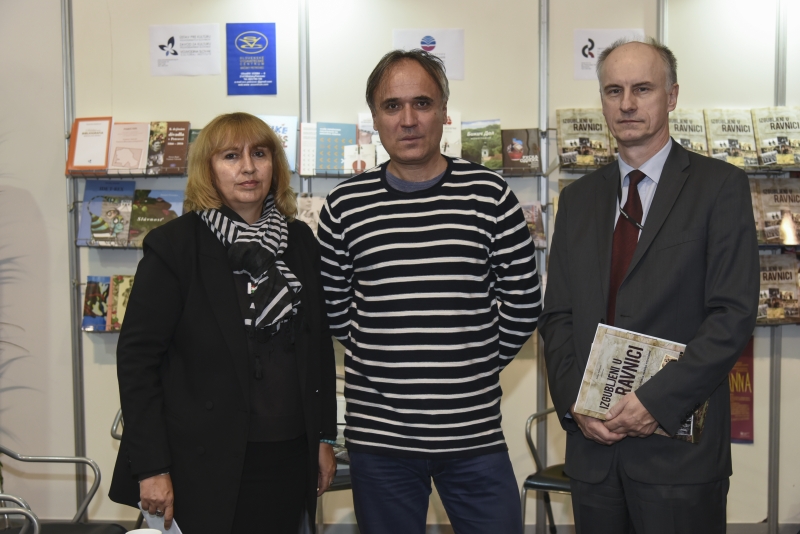
Polish Consul Pawel Sokolowski said: “Vojvodina is home to many nations, and among them are the Poles, in Ostojićevo, which we call Wislans or Vistulans because they came from the village of Wisla – they were miners, skitters, and incredibly they came on foot. And not only once, but every year they walked for six weeks back and forth, and ultimately they settled in the Potiski Sveta Nikola, today’s Ostojićevo, with 20 families, who decided not to return this winter.” “Although the perception is that Poland 100% Catholic, in Poland itself there are about 50,000 Lutherans, precisely in the region of Silesia and about 500,000 Poles of Orthodox faith in the east of the country.”
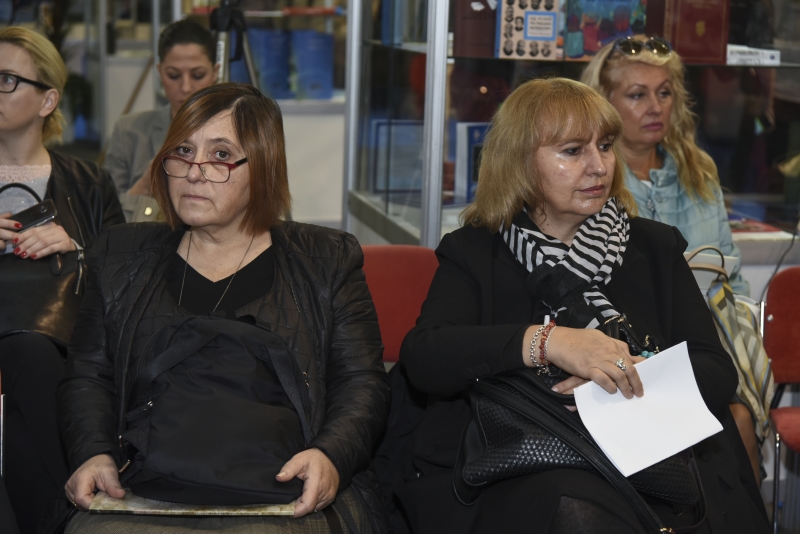
Iva Kruleva, Deputy Bulgarian Ambassador, said: “The great value of this book is that it is written on the experiences of the family, from the native village and the city, on the oral tradition. These stories are those that are not forgotten, and they are different from official sources, which are subject to conjuncture and political pressures. And the stories that his grandfather had told his son, and so on, are stories in which someone will always believe and convey further. It is understood that something is lost, but most are transferred further, and this is the most precious.” “Lost in the Plains”- we can say that the lost people are, and the rest is their hand, the names of the villages, and the stories that are most important of all – because as children who learn about the world through fairy tales, we also learn about ourselves through stories, and there is no one who does not care to know who it is. The most important thing that we can learn from this is how to learn that our children live happier than we do.” “Bulgaria is a country that has prevented the Holocaust against the Jews in World War II, our foreign minister was Solomon Paskhi, a Jew, and our Prime Minister was Simeon Sakskoburggotsky, a German, a descendant of the emperor. We prefer people, not territories” she concluded.
In the audience, the winner of the NIN Prize for Literature Vladimir Pištalo was also found, and according to the audience’s reaction, it was visible that this is one of the most important panels on the Fair.
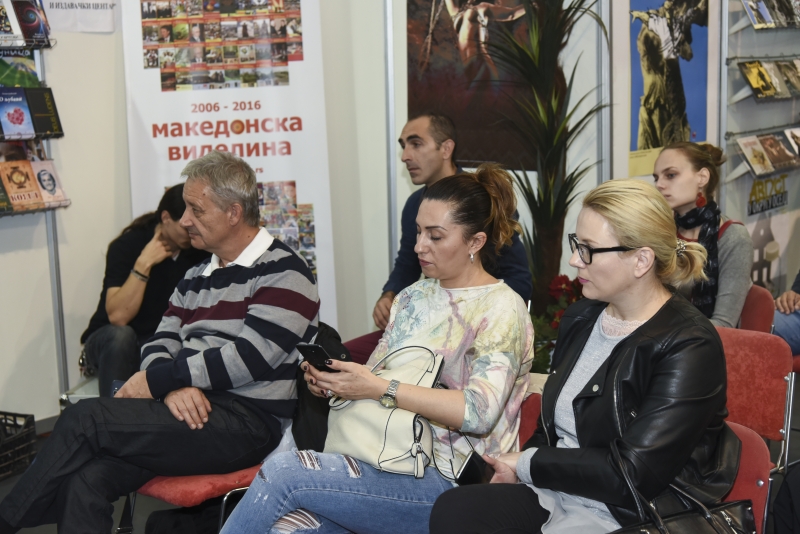
Edvin Gazdag, a Slovenian from Ečka and a good connoisseur of the history of Slovenes, a descendant of the oil-makers from Lendava, gave the audience a great idea: many topics were raised, such as the Slovenians of miners, winemakers and oilmen, Kalmyks and others who will tell their stories in the second edition… Gazdag told his family story: “My family came by the order of Krcun to Banat to deal with the production of oil. Namely, in Lendava there was the first oil field in Yugoslavia, and when oil was found in Banat, 10 families of Slovenians were transferred there to work as experienced workers in the fine industry, dealing with the development of the oil industry of Vojvodina.” “The Slovenes came to Vojvodina three times, as representatives of three professions: winemakers in Gudurica, oil companies in Mokrin and miners in Vrdnik. Their descendants still live here today” he added.
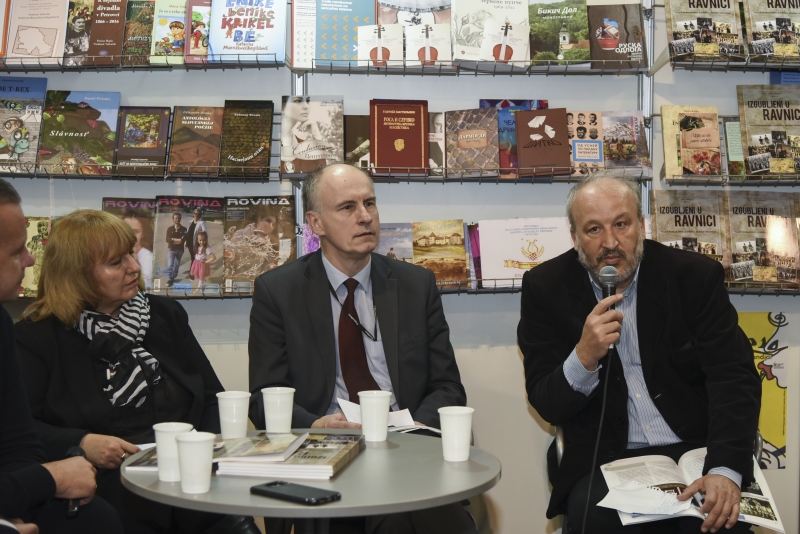
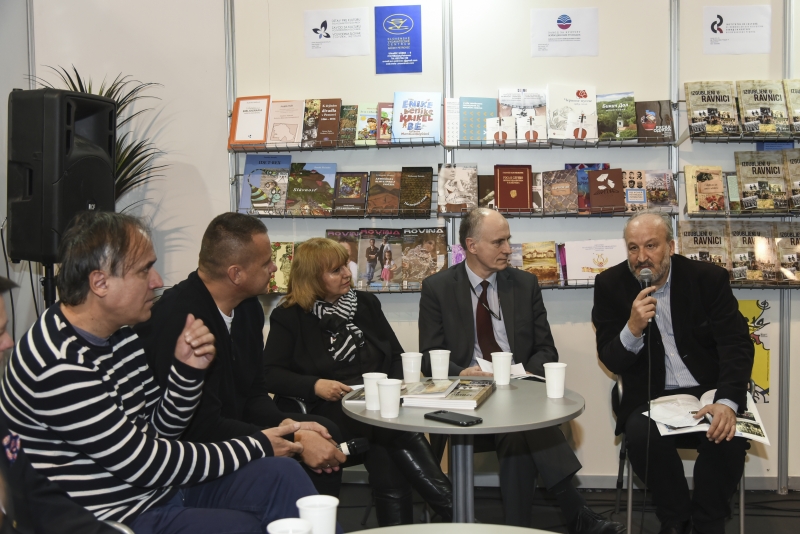
Nenad Novak Stefanović, a writer whose book was promoted on the nearby Laguna stand shared some of his interesting stories: “I accidentally came to the idea of writing about the Germans in Belgrade before the war, because in 1993, in the German city of Tuebingen, I met Friedrich Binder, a professor of philosophy, who had all the numbers of “Politika” he received from exile from Serbia, and he listened to Radio Belgrade every night! This led to three books, and they were translated into German!” Historically, he added, nothing was accidental:” The Austrians seriously approached the colonization of southern Hungary, today’s Vojvodina. In 1688, when they liberated from Belgrade, they organized a commission for the reconstruction of the liberated regions of Hungary and the restoration of devastated zones. In 1690, they called on all nations to settle, it was a great idea of settling, both military and economic. And the end of all these peoples is often either merging or persecution, as it is said in the book “Lost in the Plains” and a lot of open questions. So we organized visits to Šumarice and Knićanin, which was a camp for German children. It’s a horrible affliction on both sides.”
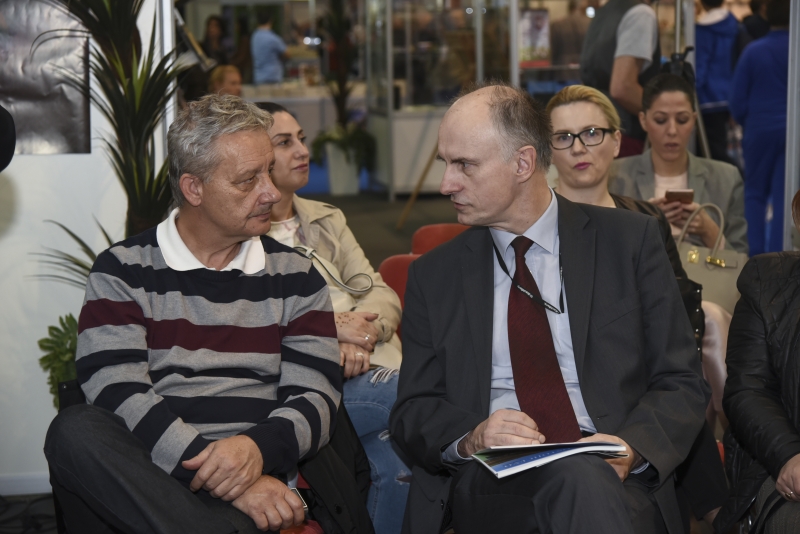

Predrag Tomić, the honorary consul of Armenia, added to all this: “I was promised that the monument to the Csenazy family, who were Armenians, now being sheltered for the construction of a business facility, will be returned to the place.” “Friendship Serbian and of the Armenian people was proved in 1988 when it was a tragic earthquake and Serbia was sending assistance to the Armenian people. Unfortunately, then a helicopter collided with our pilots and all 7 crew members died. This is testified to by the monument of a hacker who is carefully guarded.”
Mirjana Đurđević particularly highlighted an interesting story about the only European Buddhists, Kalmyks, who were mostly concentrated in Belgrade, but part of them settled in Banat, so that they would completely disappear from the region. “The Kalmyks came with the White Russians in today’s Belgrade, in Veliki Mokri Lug, where they kept horses, and since they, as the Mongolian people, actually worshiped horses, drove them and rode in the meadows between the Veliki Mokri Lug and Belgrade, and on that the place was built after the war Konjarnik settlement, for which few Belgrades know that it was named after Kalmyk horses who found their grazing.”- said Mirjana. “At the time of Nedić’s time, Kalmyks went to help the Germans in Banat, which was part of Serbia, and later they were evacuated by the Germans along with them in 1944, to end later to the US. They were afraid of the arrival of the Red Army because the Kalmyks in Kalmykia helped the Germans and the Red Army later decimated them. By 1953, they were proving themselves with the Americans that, although kosooki Buddhists, they are the European people!” “One Kalmik played for the forerunner of the Red Star, Yugoslavia FC, he was a golgeter and was called Uljmadinov. A real star who scored 3 goals against AC Roma in the middle of Belgrade. He was buried in Zrenjanin, and he married three times the Serb women, had seven children, and brought all the children from previous marriages to each subsequent marriage” she added, ending the story in a brighter tone.